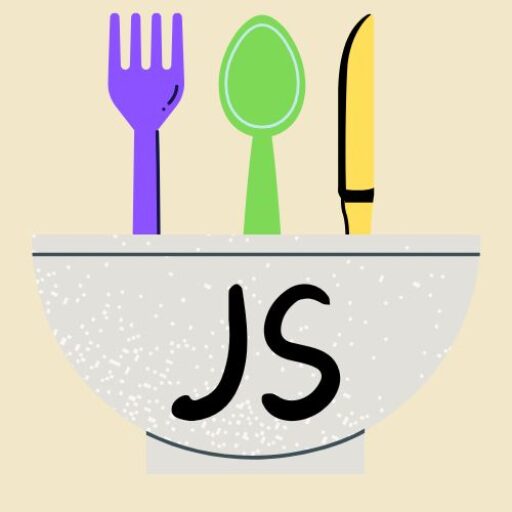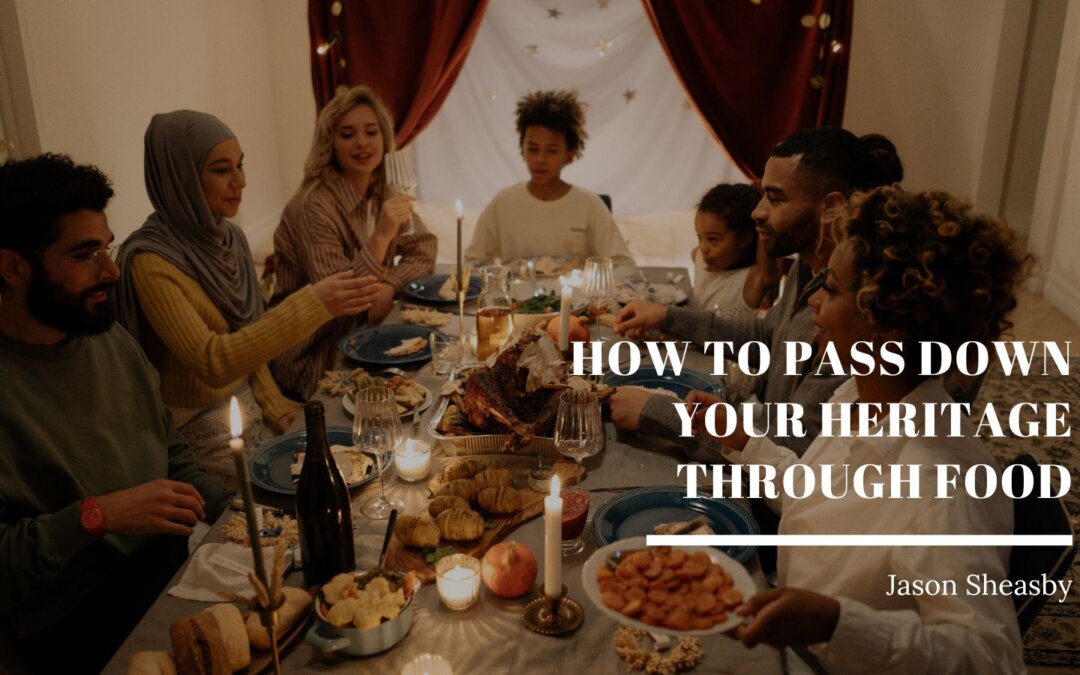Food is a powerful conveyor of culture and heritage, often holding the essence of one’s roots and history. Across the globe, recipes and culinary traditions are passed down through generations to nourish and tell stories, celebrate heritage, and keep memories alive. From embracing family recipes to understanding the history behind dishes and fostering culinary skills in younger generations, food is a unique medium to connect with and preserve one’s heritage.
Culinary traditions form a significant part of cultural heritage. They encompass more than ingredients and methods; they carry histories, stories, and memories. Each dish has a story, often linked to geographical, historical, and familial roots. Certain foods are synonymous with festivals, celebrations, and rites of passage for many cultures, marking them as crucial elements of cultural identity.
Unfortunately, as the world becomes increasingly globalized, there’s a risk of homogenization, where widespread food trends might overshadow local culinary practices. This phenomenon makes the preservation of traditional recipes and techniques even more crucial. Moreover, food offers a tangible connection to ancestors and heritage, particularly for diaspora communities who may feel disconnected from their cultural roots.
Preserving and passing down culinary heritage is not just about keeping recipes alive; it’s about maintaining a tangible link to the past and a sense of identity that can be shared with future generations.
Embracing and Documenting Family Recipes
A primary way to pass down culinary heritage is through family recipes. These recipes often have personal stories or variations that make them unique. Documenting these recipes is a crucial step in preserving them. This could involve writing down recipes that have been traditionally passed orally, recording variations, and noting any special techniques or tips.
Encourage family members, especially older ones, to share their recipes and cooking methods. This can be done through cooking sessions where they demonstrate the preparation of traditional dishes. Documenting these sessions with videos or written notes can create a comprehensive family cookbook.
Moreover, it’s important to contextualize these recipes with stories or anecdotes. This might include the dish’s origins, occasions it’s traditionally prepared for, or personal memories associated with it. Such details add depth and meaning, transforming recipes from mere instructions to stories enriched with cultural and familial heritage.
Understanding the History Behind Dishes
Beyond the recipes themselves, understanding and conveying the history and significance behind traditional dishes is vital. This involves researching the dishes’ origins, evolution, and cultural significance.
For instance, many traditional dishes have evolved, adapting to changes in society, availability of ingredients, and migrations. Sharing this history can offer a broader perspective on one’s heritage and how it has intersected with historical events and societal changes.
Engage with community elders, culinary historians, or cultural groups to deepen your understanding of traditional foods. This research can also involve reading books, watching documentaries, or attending cultural workshops.
Teaching children and younger generations about the history and significance of these dishes can instill a sense of pride and belonging. It’s a way to educate them about their culinary heritage and the broader cultural and historical context from which it originates.
Fostering Culinary Skills in Younger Generations
Involving younger generations in cooking is essential in passing down culinary heritage. This hands-on experience allows them to develop skills and a deeper appreciation for their culinary traditions.
Start by involving them in simple tasks and gradually introduce more complex aspects of traditional cooking. This could include selecting ingredients, learning specific chopping techniques, understanding spice blends, or mastering cooking methods unique to your culture.
Additionally, make cooking a family activity. Designate times for preparing traditional meals together, such as during holidays or family gatherings. This teaches them how to cook these dishes and creates meaningful family experiences centered around food and heritage.
Encouraging creativity is also essential. While respecting traditional recipes, allow younger family members to experiment and add their personal touch. This can help maintain their interest and make these traditions more relevant to their contemporary lifestyle.
Passing culinary heritage is a meaningful endeavor that enriches personal and collective identity. By embracing and documenting family recipes, understanding the historical significance of dishes, and fostering culinary skills in younger generations, we can preserve and cherish our rich culinary traditions. Food, in its essence, is a celebration of culture and history. Through these efforts, we keep our culinary heritage alive and strengthen the bonds that connect us to our ancestors, our culture, and each other, bridging generations through the universal language of food.

